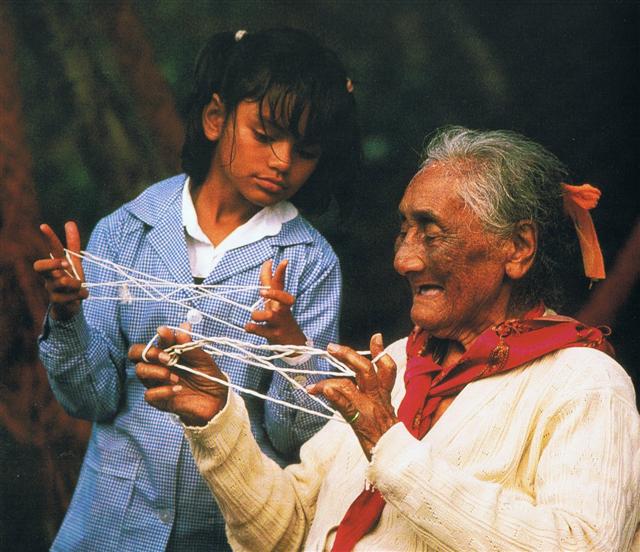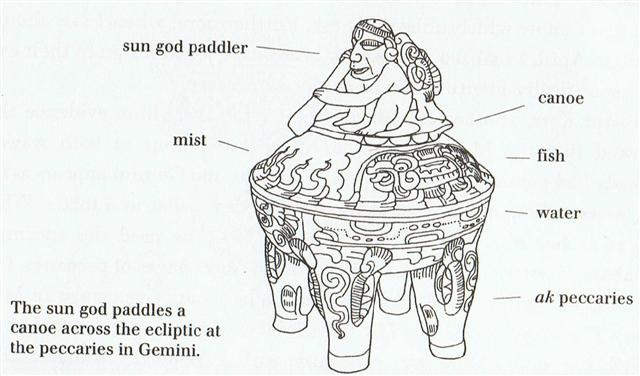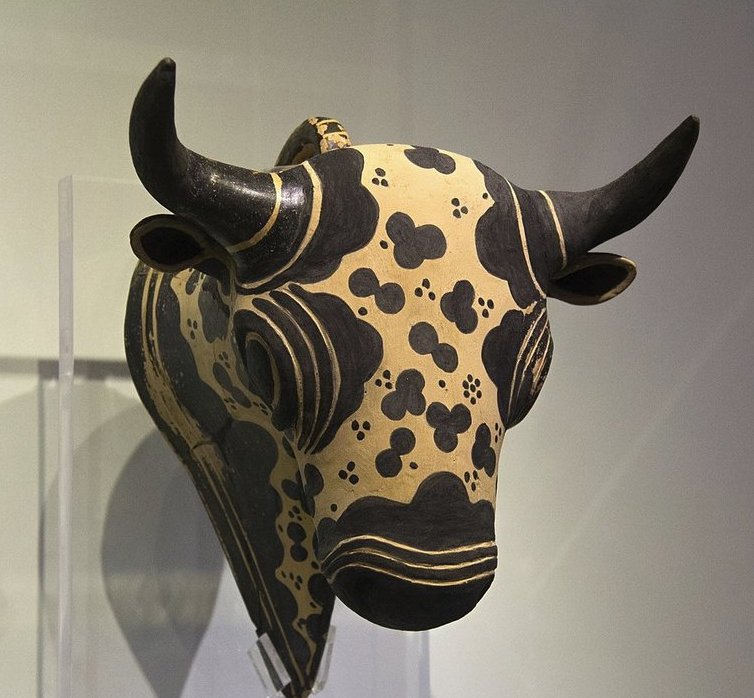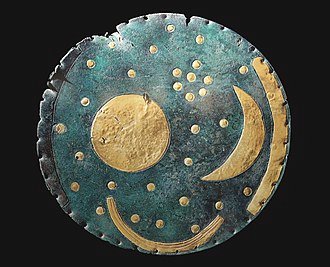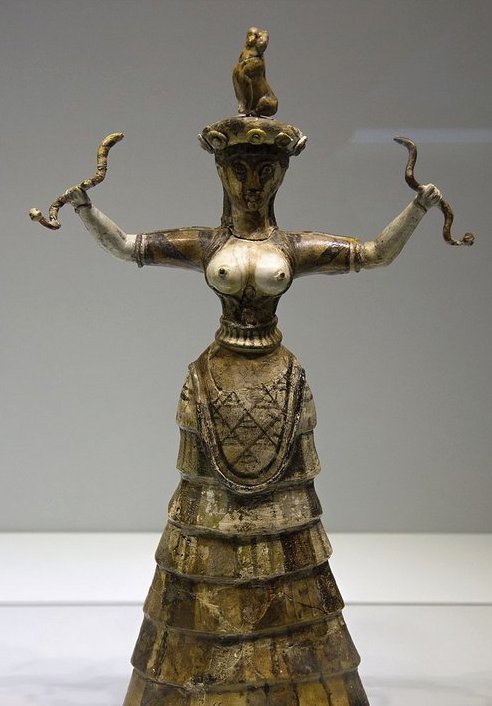242 → 2 * 121 → 121 undone → May 1 (121) + 121 = 242 → *121 + *121 = *242 → 365 - 123. ... I knew of two men who lived in another settlement on the Noatak river. They did not believe in the spirit of the string figures, but said they originated from two stars, agguk, which are visible only when the sun has returned after the winter night. One of these men was inside a dance-house when a flood of mist poured in ... His two companions rapidly made and unmade the figure 'Two Labrets', an action intended to drive away the spirit of the string figures, uttering the usual formula ... but the mist kept pouring in ...
My 'ideal arrow' (→) is intended to point out how one 'pixel' in the cosmogram is in contact with (is reflected in) other such entities. ... The subject has the nature of a hologram, something that has to be present as a whole to the mind.¹ ¹ In optics, 'hologram' is the interference patterns of light with itself; i.e., every part of an image is displayed at every point, as if every point looked at every source of light ... ... 4 March 1779. The British ships are again at Kaua'i, their last days in the islands, some thirteen months since their initial visit. A number of Hawaiian men come on board and under the direction of their women, who remain alongside in the canoes, the men deposit navel cords of newborn children in cracks of the ships' decks (Beaglehole 1967:1225). For an analogous behavior observed by the missionary Fison on the Polynesian island of Rotuma, see Frazer (1911, 1:184). Hawaiians are connected to ancestors (auumakua), as well as to living kinsmen and descendants, by several cords emanating from various parts of the body but alike called piko, 'umbilical cord'. In this connection, Mrs. Pukui discusses the incident at Kaua'i: I have seen many old people with small containers for the umbilical cords... One grandmother took the cords of her four grandchildren and dropped them into Alenuihaha channel. 'I want my granddaughters to travel across the sea!' she told me. Mrs. Pukui believes that the story of women hiding their babies' pikos in Captain Cook's ship is probably true. Cook was first thought to be the god Lono, and his ship his 'floating island'. What woman wouldn't want her baby's piko there? ... When I once upon a time began my efforts to decipher the rongorongo texts I found it necessary to document every glyph used in these texts and at the same time to make a preliminary classification by putting all of them into 'boxes'. At that time I did not perceive Gb1-13 as an obvious example of the viri type of glyph. Although my judgment probably was correct it is possible to anyhow see a certain resemblance. For the 'leg' (vae) at left in Gb1-13 is somewhat similar in the general outline to that of the viri 121 days earler. It is in the nature of a cosmic hologram that it is absolutely necessary to have supporting evidence in order not to go astray. Such supporting evidence can here be found by adding dates:
In September 22 the Sun was bound to leave the northern hemisphere in order to be at the southern spring equinox at the right time.
Although Easter Island is located south of the equator the G tablet was presumably created in order to become a gift to people originating north of the equator. North of the equator the proper beginning of the text should be with Taurus in the Golden Age of the Bull, and with the 7 stars of the Pleiades close to his left eye as we can see from this Minoan illustration as compared to the Nebra disc:
Which ideally calculated would be *64 precessional days earlier. 265 (September 22) - 64 = 201 (JULY 20):
... The correspondence between the winter solstice and the kali'i rite of the Makahiki is arrived at as follows: ideally, the second ceremony of 'breaking the coconut', when the priests assemble at the temple to spot the rising of the Pleiades, coincides with the full moon (Hua tapu) of the twelfth lunar month (Welehu). In the latter eighteenth century, the Pleiades appear at sunset on 18 November. Ten days later (28 November), the Lono effigy sets off on its circuit, which lasts twenty-three days, thus bringing the god back for the climactic battle with the king on 21 December, the solstice (= Hawaiian 16 Makali'i). The correspondence is 'ideal' and only rarely achieved, since it depends on the coincidence of the full moon and the crepuscular rising of the Pleiades ... It was necessary to connect the text with the fixed stars in order to support the order of the cosmos:
|
